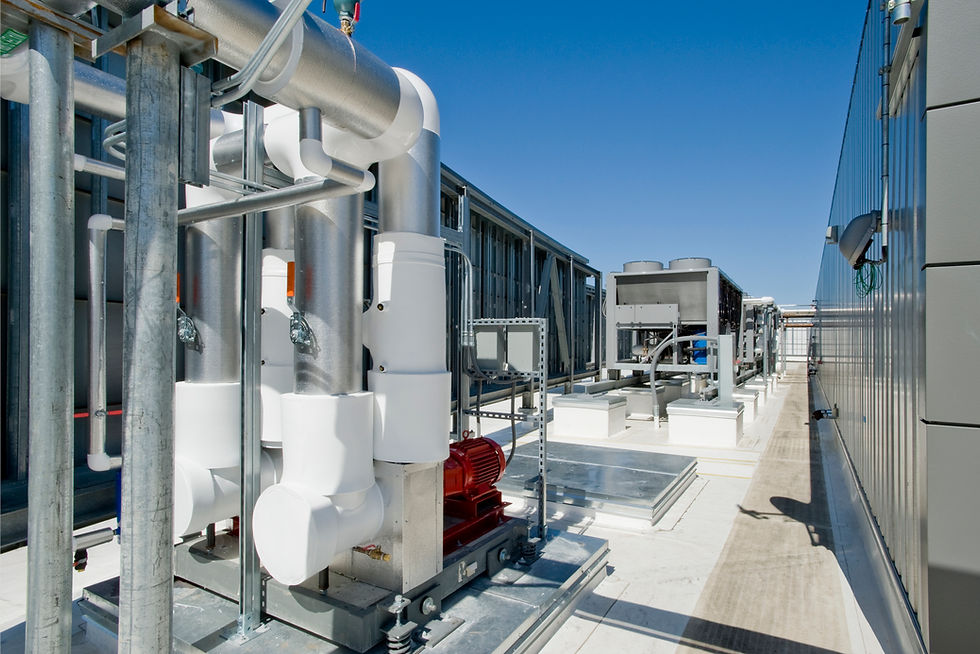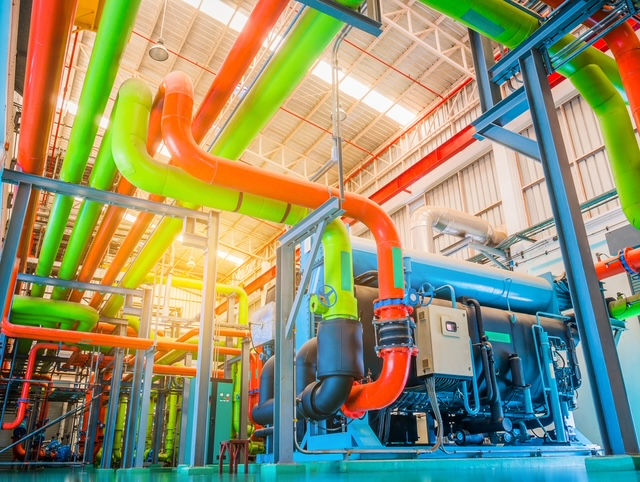Preventive Maintenance Facts & Figures
- MSC
- Apr 13, 2020
- 2 min read
The goal of scheduled HVAC preventive maintenance is to preserve assets from decline and failure, maintain healthy indoor air quality (IAQ), optimize energy efficiency, prevent service emergencies, reduce repair costs, and avert downtime and loss of productivity. No matter how you slice it, deferring or skimping on PM is always far more costly in the long run.

As a dedicated service and diagnostic HVAC contractor with 40-plus ears of industry experience, MSC has seen first-hand the majority of emergency service calls and/or untimely equipment failure to be the direct consequence of the lack of scheduled, comprehensive preventive maintenance. Here are some interesting facts and figures:
According to the U.S. Dept. of Energy (DOE), HVACR accounts for 40% of all primary energy consumed in commercial buildings
The DOE estimates that buildings practicing proper HVAC preventive maintenance use up to 30% less energy than those where systems are allowed to deteriorate
A detailed analysis of the economic value of preventive maintenance calculated a 545% return on investment in a scenario comparing a company practicing industry benchmark PM vs. one with no annual expenditures on equipment maintenance
Another recent third-party study found that under-funding preventive maintenance by 50% leads to a 32% higher total cost of ownership
On average, corrective repairs cost two to four times more than total preventive maintenance costs
The DOE estimates that a dirty condenser coil can increase compressor energy consumption by 30%.
According to the World Health Organization (WHO), 20-30% of office workers suffer from symptoms ranging from allergy-type irritations to serious medical conditions due to poor IAQ
Preventive Maintenance and COVID-19
MSC has implemented strict COVID-19 policies and procedures in accordance with CDC guidelines and New Jersey social mitigation strategies, enabling us to protect the health and safety of our employees and yours while providing the services so importation to the operation of your facility. These include: daily health and temperature checks, wearing of masks and other appropriate PPE, social distancing of six feet or more, limiting work groups to ten persons or less, staggered work times, and limitations on sharing of tools, machinery and equipment.




Comments